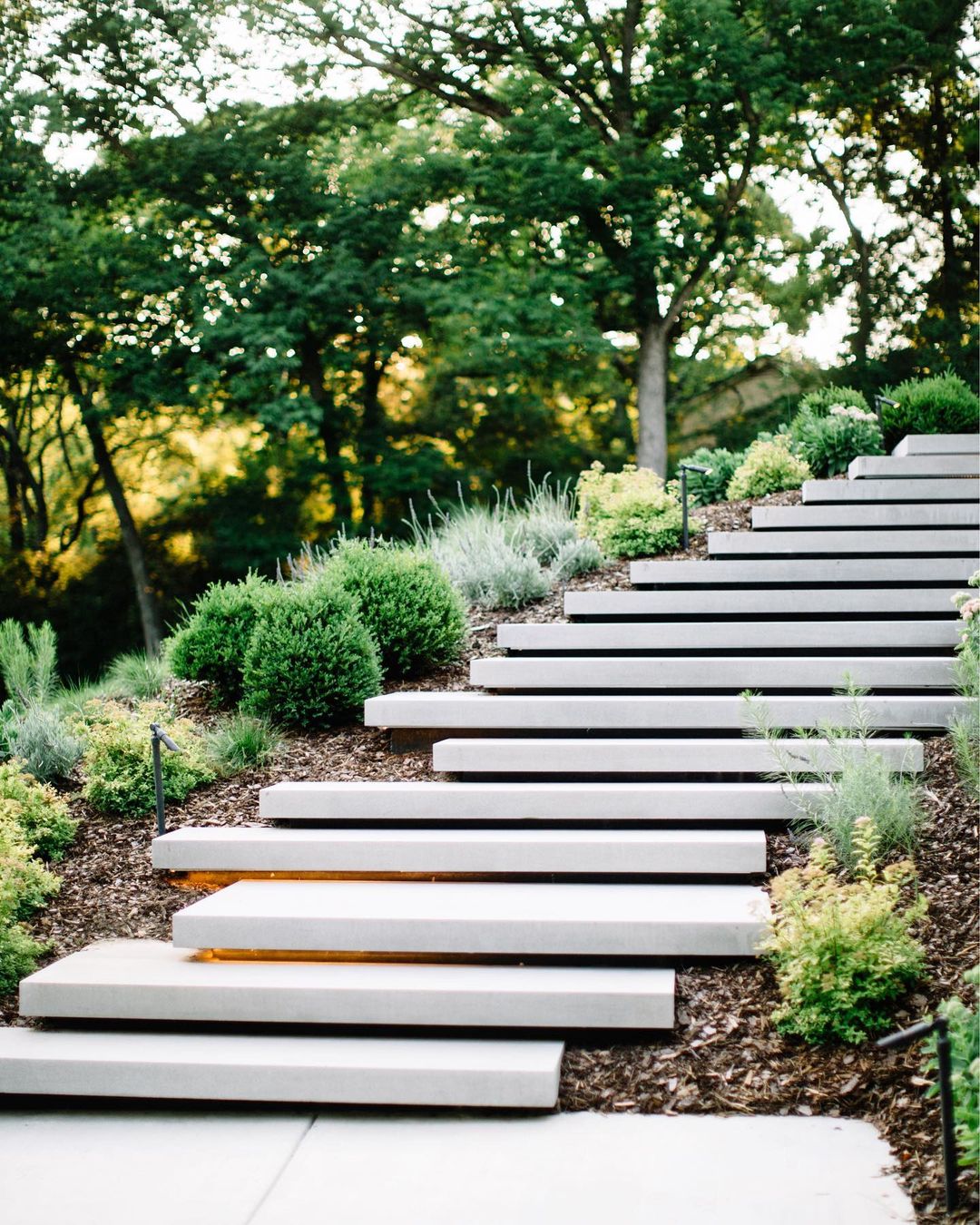
When an outdoor space has a lack of harmony or feels very separate from the nature scenery it borders, it might be time to take a look at what's causing an imbalance. There is actually a myriad of things people with minimalist backyards never have featured in their peaceful exteriors.
This list of no-gos focuses on creating a space that's aligned with the main points of minimalism. How does that translate in a backyard? According to designers, it's blending your environment with the one already present and removing any objects or errant features that make things feel off-kilter.
While curating your own backyard ideas, consider the following dos and don'ts. You'll be amazed what the smallest of tweaks and bigger design choices can do for infusing tranquility into this outdoor area.
1. Exaggerated and Elaborate Features

Minimalism focuses on the essential, therefore you won't find high-maintenance features that boldly stand out from their surroundings. Lead interior design specialist Keeley Smith at JD Elite Interiors says, 'Big pools or intricate fountains require a ton of work and don't mesh with minimalism,' and therefore it's better to keep them out.
She recommends more low-key alternatives that contribute to the overall aesthetic of a space but aren't so flashy or difficult to maintain. 'Low-fuss native landscaping like ground cover and mulch look better while needing less upkeep,' she says. Water features are lovely, but pick one that is simpler and offers a gentle ambiance.
2. Over-the-Top Plants and Foliage

You want your space to blend into the natural surroundings, and any plants that look plucked from a completely different zone (or planet) won't help achieve that. It can also be detrimental to the local environment. Home design expert Laurel Vernazza at The Plan Collection recommends opting for native plants for the most minimalist result. Plus, there are even plants that can make your backyard more relaxing.
Doing so 'encourages the preservation of the local, natural ecosystem,' she says, adding that these plants tend to be less maintenance than other flora. Not only that, but wild landscaping 'emphasizes creating a habitat for local bees, birds, and small animals.'
3. Mismatched Color Palettes

The color palette of your features, plants, and accent pieces should be subtler, mesh with the elements outside, and match its fellow outdoor furniture. The larger structural components on decks, patios, and in pool areas should be considered as well. Think about the flooring and any stains or paint colors.
This goes for the botanicals sitting pretty in your backyard, too. 'Going overboard with many different plant types or unapproved decorations creates visual clutter instead of simplicity,' notes Keeley Smith. 'Minimalism is all about limiting unnecessary elements that could detract from the overall aesthetic.'
4. Flashy Furniture and Accent Pieces

Color is okay, of course, but a brash array of neon hues or a mix of bold primary colors may not contribute to an overall feeling of minimalism and the serenity that often comes with it. If a set of bright purple Adirondack chairs is calling your name, you'll have to decide if these can really settle into a minimalist space.
The silhouette and shape of furniture can make a difference, too. 'Bulky patio furniture that makes the space feel cramped should also be passed on,' says Keeley. The goal is to minimize 'high maintenance aspects and excess decor,' which will then help homeowners achieve a 'beautiful, pristine backyard oasis that's also easy to care for in the long run.'
5. Poorly Planned Out Zones

If your backyard is currently a mishmash of random side tables and errant loungers dotted around the lawn, intentionally planning out zones can help bring minimalism in. Sue Kim, the director of color marketing at Cabot, says that creating these gathering places or 'curated zones' helps guide where different activities take place, whether it's eating, lounging, or yard games.
'Thoughtfully arrange seating and elements to foster an inviting atmosphere,' she says. 'It's about making your backyard not just visually appealing but also a functional and welcoming space for socializing.' She recommends using furniture and features like chairs, firepits, and trellises to break out these areas.







